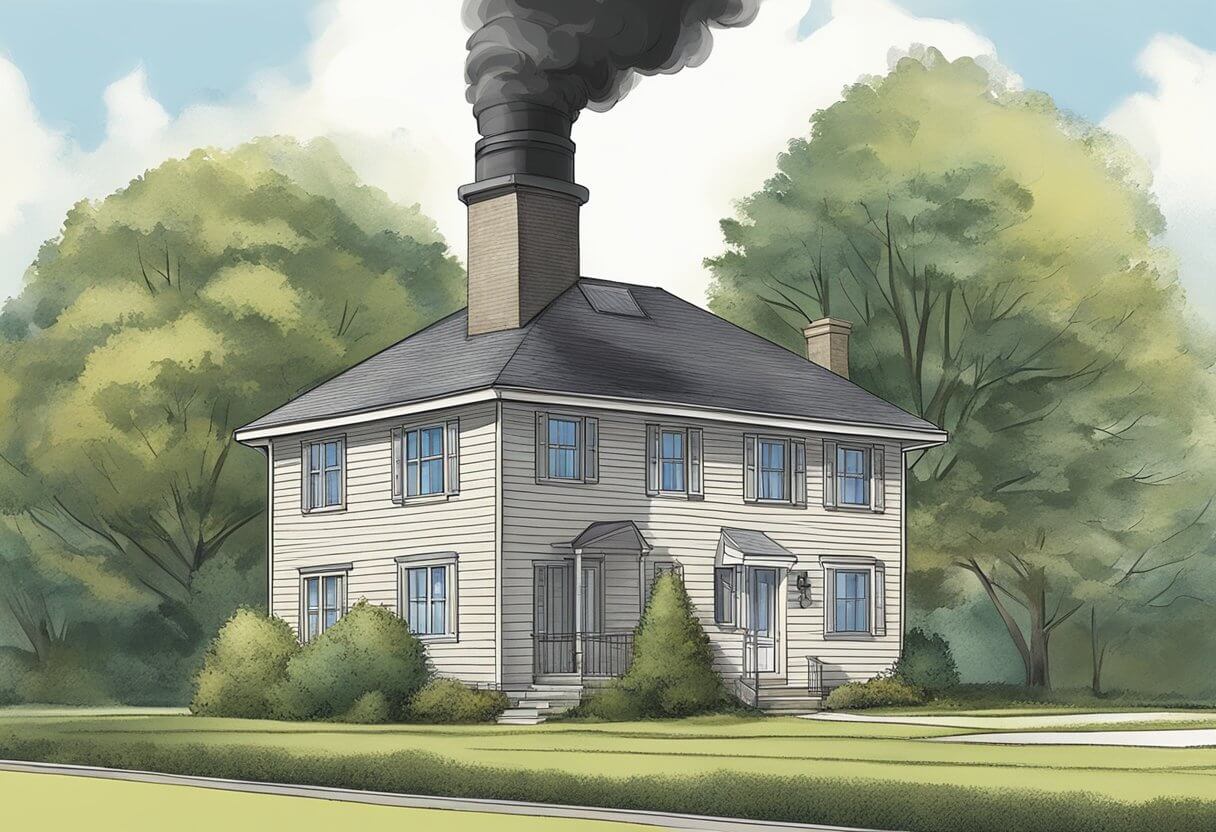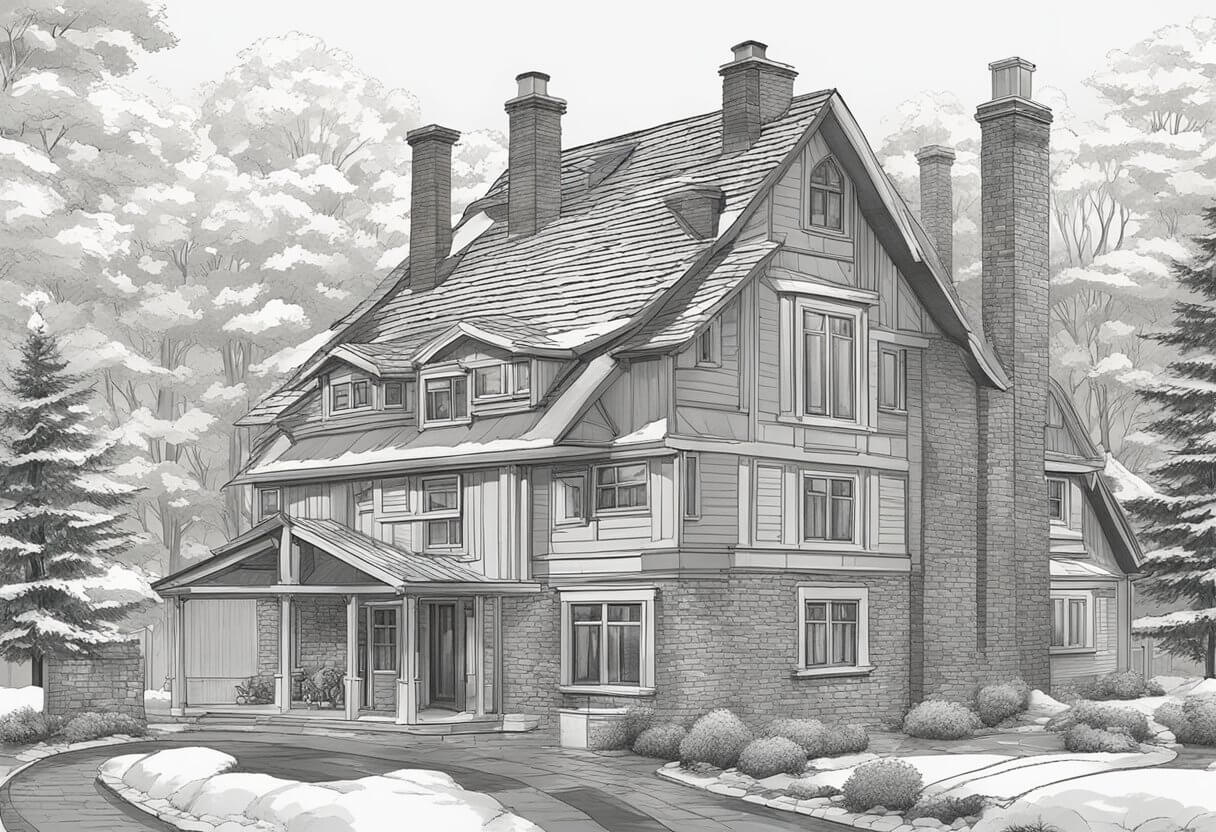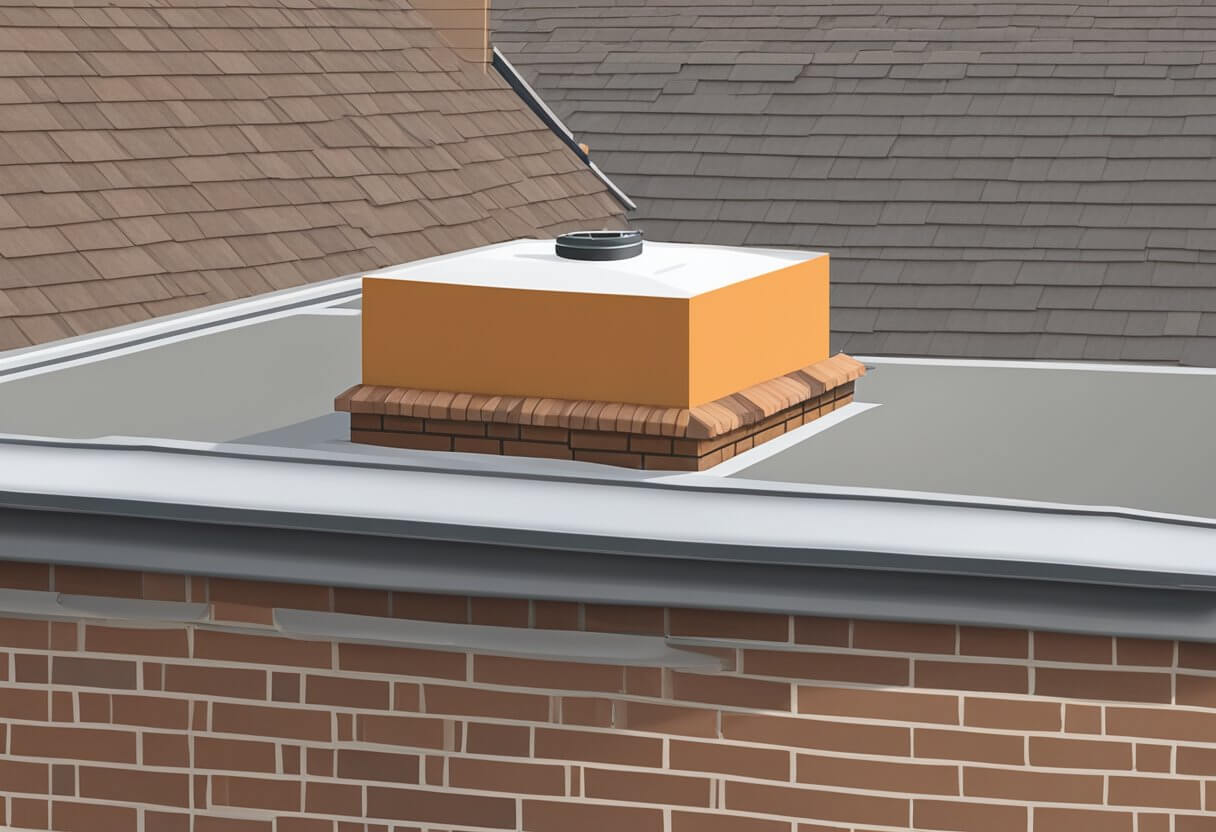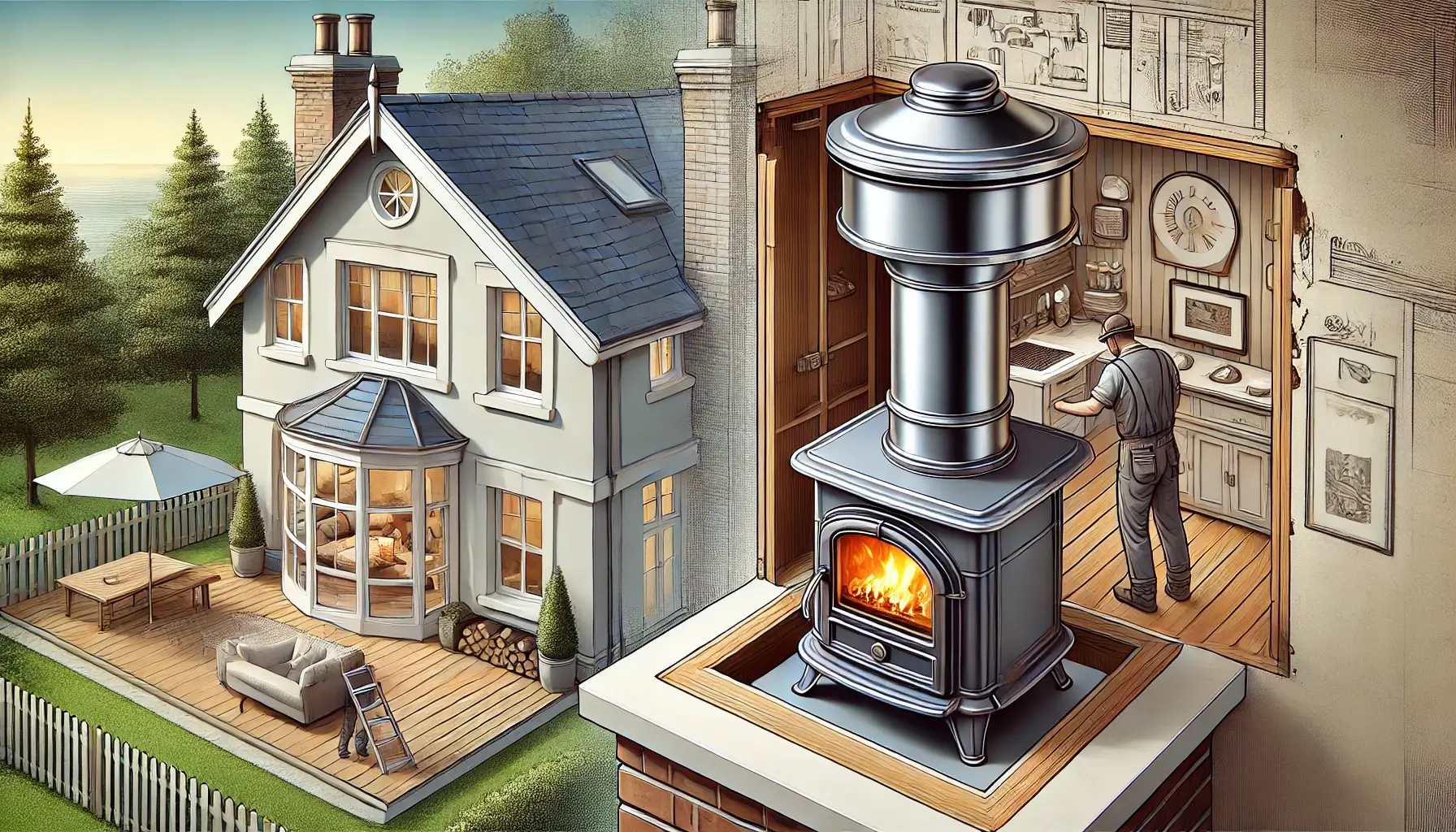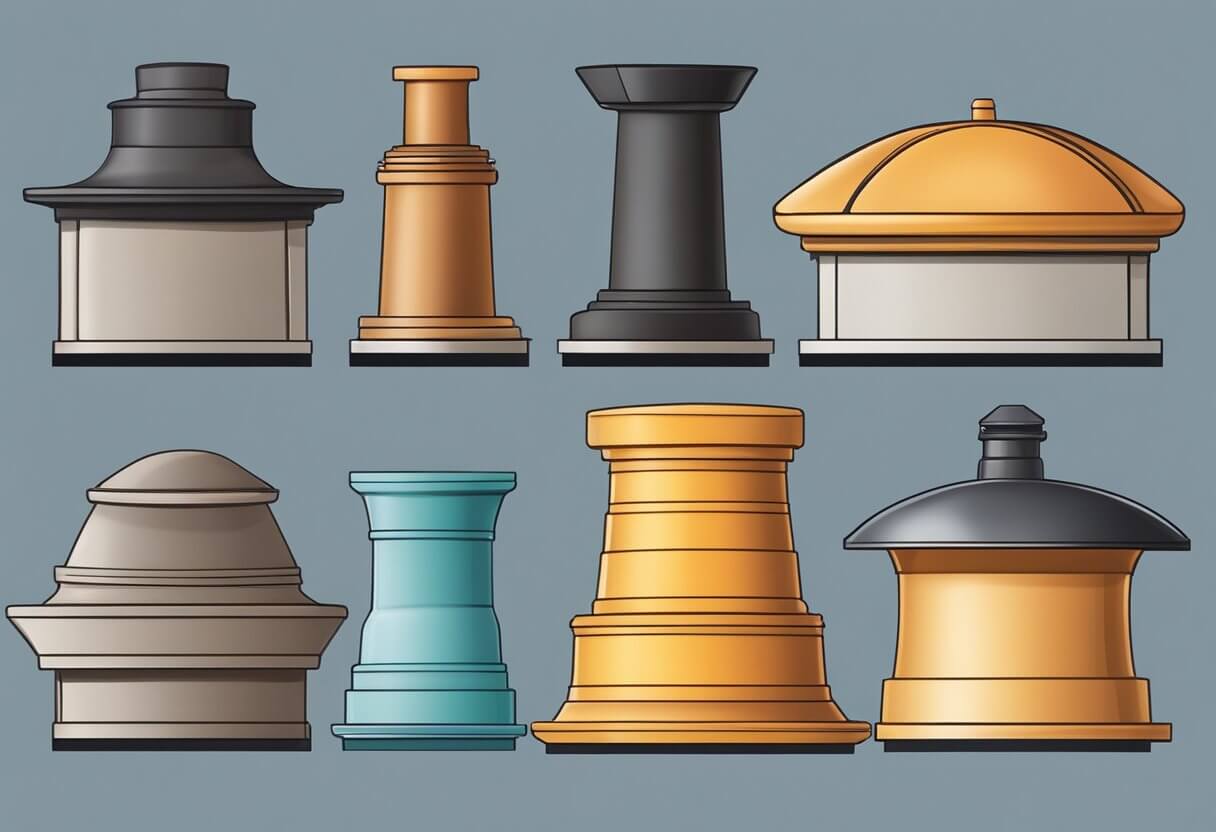How to Choose the Right Chimney Cap for Your Flue: Expert Guidance and Tips
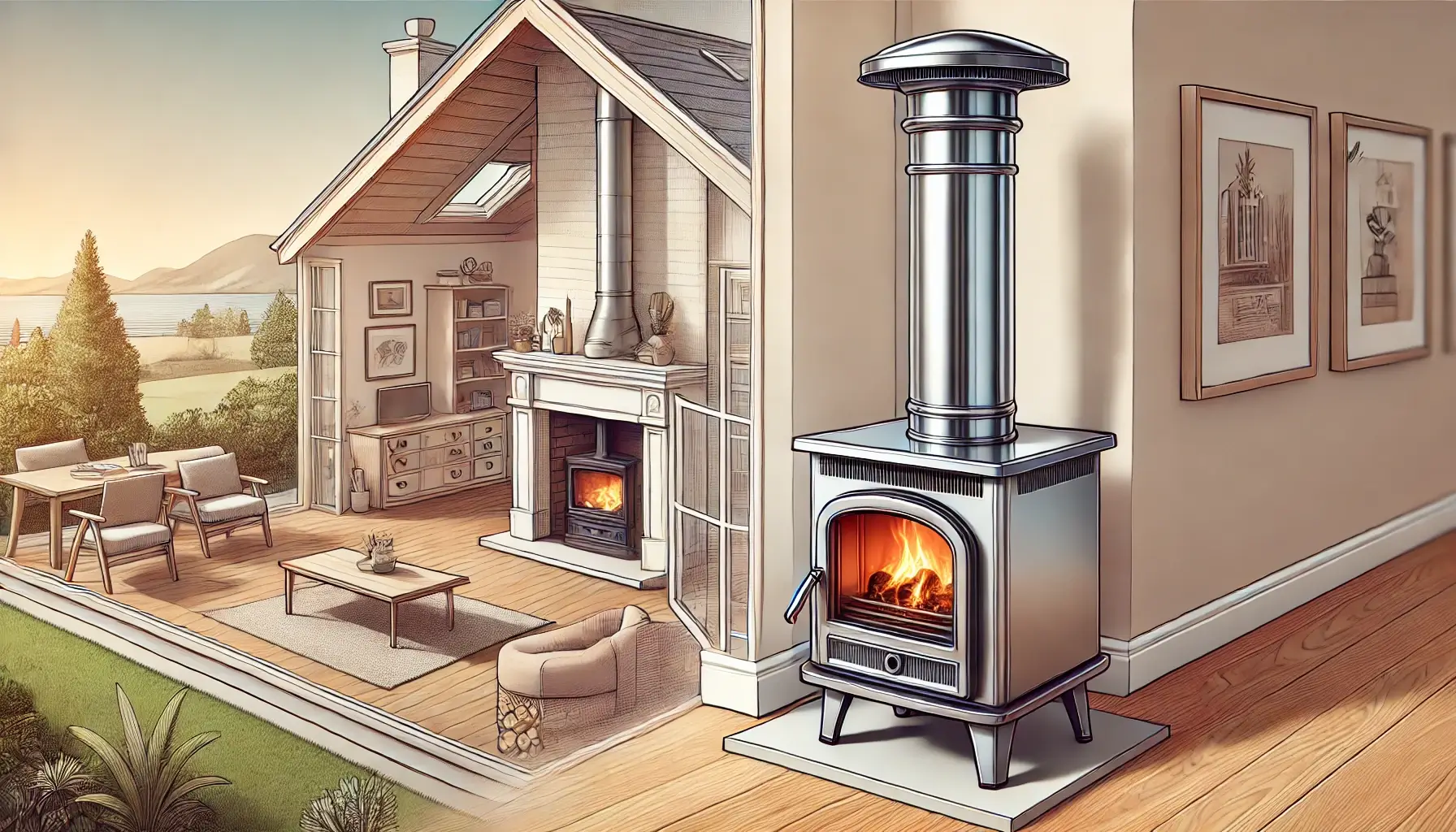
Introduction
Choosing the right chimney cap for your flue can seem like a daunting task, but it’s essential for maintaining a healthy and efficient chimney. A well-chosen cap protects against rain, animals, and downdrafts, enhancing your chimney’s performance and safety. By understanding your specific chimney and flue needs, you can make an informed decision that ensures durability and aesthetics.
We know that the variety of materials and designs can be overwhelming. Stainless steel caps offer excellent rust resistance, while copper provides a classic look and long-lasting performance. Galvanized steel, on the other hand, is a more affordable choice but might rust over time. It’s crucial to select a cap material that fits your home’s design and stands up to the weather conditions in your area.
Proper installation and regular maintenance of your chimney cap will protect your home from the elements and prevent wildlife from entering. A well-fitted cap also improves airflow, ensuring your chimney functions efficiently. Remember, investing in the right chimney cap now can save you from costly repairs and inconveniences later.
Key Takeaways
- Understanding your chimney and flue helps in making an informed choice.
- Selecting the right material ensures durability and matches your home’s aesthetic.
- Proper installation and maintenance boost chimney performance and safety.
Understanding Your Chimney and Flue
Choosing the right chimney cap starts with understanding your chimney and flue type. This includes identifying the type of chimney you have, recognizing different flue types, and knowing the importance of proper sizing and measurements.
Identifying the Type of Chimney
Firstly, we need to identify the type of chimney installed in your home. Chimneys are primarily classified into two categories: masonry chimneys and metal chimneys.
Masonry chimneys are made of brick, stone, or concrete. They’re typically sturdy but require regular maintenance due to potential wear and tear. Metal chimneys, often used in modern homes, are lighter and more flexible, making them suitable for various installations.
Understanding whether you have a masonry or metal chimney is crucial in selecting the right chimney cap. Masonry chimneys often have square or rectangular flues, while metal chimneys usually have round flues. Recognizing this difference helps in choosing a cap that fits perfectly over the flue.
Differentiating Between Flue Types
Not all flues are created equal. Single-flue chimneys feature one opening, whereas multi-flue chimneys can have multiple openings that need individual or combined caps. Extended flues are those that protrude higher than the chimney itself, requiring special consideration for cap size and wind protection.
It’s essential to know whether your flue is round, square, or rectangular. Each shape needs a different type of cap to ensure a good fit and efficient functioning. For example, a round flue will require a cap designed specifically for circular openings, whereas a square or rectangular flue will need a flat-topped cap with adequate coverage.
Taking account of the flue type helps in finding the right cap that can effectively prevent issues like downdrafts and rainwater entry.
Importance of Proper Sizing and Measurements
Accurate measurements are crucial for selecting the right chimney cap. Begin by measuring the diameter of your flue if it’s a round flue. For square or rectangular flues, measure the width and length of the opening.
Masonry chimneys with extended flues may need additional measurements for height. We must also consider the cap’s height and overhang to ensure it provides sufficient coverage.
Improper sizing can lead to ineffective protection, allowing rain, debris, and animals to enter the chimney. By ensuring that measurements are precise, we can choose a chimney cap that fits well and enhances the efficiency and safety of the chimney system. Use a tape measure or a measuring tool designed for chimney flues to get the most accurate dimensions.
Selecting the Right Material for Durability and Aesthetics
Choosing the right chimney cap material involves balancing durability and aesthetics. Each material offers unique benefits and has certain drawbacks. Understanding these will help us make the best decision for our chimney.
Comparing Materials: Pros and Cons
Stainless steel is popular because of its durability and resistance to corrosion. It’s ideal for harsh weather conditions. While it doesn’t offer many design options, its sleek look fits most homes. The downside is that it can be more expensive.
Copper
Copper chimney caps are visually appealing and can give a home a classic look. Over time, copper develops a patina, adding character. It’s also durable but can be more costly. Additionally, it’s suitable for various climates because of its resistance to rust.
Galvanized Steel
Galvanized steel is a budget-friendly option. It’s coated to resist rust, but the coating can wear off, requiring more maintenance. While it’s durable, it doesn’t offer the same longevity as stainless steel or copper. It’s best for those seeking a cost-effective and functional solution.
Aluminum
Aluminum chimney caps are lightweight and resistant to rust. They are generally cheaper than stainless steel and copper. However, aluminum is less durable and can be easily dented or damaged. It is a good option for those on a budget in regions with milder weather conditions.
Corrosion Resistance and Longevity
Stainless Steel
We find stainless steel to be highly resistant to corrosion and rust. This makes it a long-lasting choice, especially in areas with heavy rainfall or snow. It’s virtually maintenance-free, providing peace of mind for years.
Copper
Copper also excels in corrosion resistance. Over time, it forms a protective patina that further enhances its durability. This makes it a long-lasting and aesthetically pleasing option, especially in coastal or humid regions.
Galvanized Steel
Galvanized steel is coated to prevent rust, but the coating can deteriorate over time. Regular inspections and maintenance are required to ensure longevity. It offers moderate corrosion resistance compared to stainless steel and copper.
Aluminum
Aluminum does not rust, which makes it a good option for regions with less severe weather. However, its durability is lower compared to stainless steel and copper. It can withstand corrosion but is prone to physical damage, impacting its long-term performance.
Installation and Maintenance Consideration
When installing a chimney cap, it’s important to follow the correct procedures for a secure fit. Keeping your chimney cap well-maintained ensures its effectiveness and longevity.
Step-by-Step Guide to Installing a Chimney Cap
First, ensure you have all necessary tools: a ladder, stiff-bristled brush, screws, and an impact driver. Secure the ladder and check the chimney crown for debris. Clean it with the brush before placing the new cap.
Position the chimney cap correctly on the flue liner. Tighten the bolts at each corner until snug. If applicable, apply adhesive around the cap’s perimeter. Use an impact driver to drive masonry screws into the pilot holes to secure it further. Follow specific instructions for different cap types.
Routine Maintenance and Care
Regular maintenance is crucial to keep your chimney cap functioning. Check it annually for debris, animal nests, or wear and tear. Remove any blockages that can cause ventilation issues or fire hazards.
Inspect the bolts and brackets for signs of rust or loosening. Clean the mesh screen to ensure it’s free from dirt and debris. Address any damage promptly to prevent complications. Routine care extends the life of your chimney cap and ensures your chimney works efficiently.
Professional Installation vs. DIY
Deciding between a professional installation and DIY involves considering our skills and the complexity of the task. If we are comfortable with heights and basic tools, DIY can be cost-effective and straightforward.
Hiring a professional contractor ensures the job is done correctly and safely. Professionals offer expertise in chimney maintenance and can handle any complications during the installation. While this may be more expensive, it provides peace of mind.
Protection Against the Elements and Wildlife
Choosing a chimney cap is essential for protecting your home from harsh weather and keeping animals out of your chimney. A well-chosen cap helps prevent damage caused by rain, snow, and wind, while also stopping animals from nesting and causing blockages.
Weatherproofing: Guarding Against Rain, Snow, and Wind
Chimney caps are crucial for weather protection. They keep out rain that can damage the chimney flue and the brickwork. Excessive moisture can lead to cracks in the chimney crown and even interior water damage.
Snow can also pose a threat by causing ice dams, leading to further structural damage. Caps with a solid top prevent snow from entering.
Lastly, wind can blow debris into the chimney, creating blockages. A quality cap acts as a barrier, ensuring smooth airflow while blocking unwanted debris.
Preventing Animal Intrusion: Dealing with Nesting and Debris
Chimney caps are vital in blocking animals like birds, squirrels, and raccoons from entering your chimney. These critters often seek warmth and safety, leading to nests and blockages.
Screens on the sides of the cap are effective in preventing small animals from intruding. This stops nesting and reduces the risk of debris buildup from nests and other materials.
Additionally, using secure caps helps protect against larger wildlife, ensuring that your chimney remains clear and operational. This proactive approach significantly impacts the overall functionality and safety of your chimney system.
Enhancing Chimney Performance and Safety
Choosing the right chimney cap can greatly improve your chimney’s performance and safety. It affects everything from airflow to fire safety and the prevention of harmful gas buildup.
Improving Draft and Airflow
A proper chimney cap can enhance draft and airflow, which are essential for effective smoke and heat escape. The right cap helps reduce downdrafts caused by wind, which can push smoke back into your home.
Mesh screen caps are particularly effective in maintaining a steady airflow. By ensuring the chimney cap is properly installed and the correct size, we can improve the function of our stove or furnace systems. This not only promotes efficient heating but also reduces the risk of smoke and gas buildup in the living spaces.
Preventing Chimney Fires and Creosote Buildup
Preventing chimney fires is one of the most critical aspects of chimney maintenance. Creosote buildup is a common cause of these fires. Creosote is a tar-like substance that forms when smoke cools and condenses inside the chimney.
A well-fitted cap will keep debris, leaves, and animal nests out of our chimney, reducing creosote formation. Additionally, some caps are designed to reduce the cooling of flue gases, which can further minimize creosote deposits. Regular inspection and cleaning, combined with a good-quality cap, can significantly lower the risk of chimney fires.
Safety Features: Caps for Spark Protection and Gas Exhaust
Safety is a paramount consideration when dealing with chimneys. Spark arrestor caps are designed to prevent sparks from escaping the chimney and igniting a fire on the roof or nearby areas.
Some caps also feature safeguards for carbon monoxide and other dangerous gases, enhancing the overall safety of our household. These caps often come with fine mesh screens that allow the exhaust of hazardous gases while preventing sparks from causing a roofing fire.
Investing in these specialized chimney caps ensures a much safer environment for us and our home.
Frequently Asked Questions
Choosing the right chimney cap involves understanding size, materials, and design features. Here’s what you need to know to make an informed decision.
How do you determine the correct size of a chimney cap for your flue?
To determine the correct size, measure the length and width of your chimney flue. For round flues, measure the diameter. It’s crucial to get precise measurements to ensure a snug fit that will protect your chimney effectively.
What are the key considerations when selecting a chimney cap material?
Key considerations include durability, resistance to weather, and cost. Stainless steel caps are known for their durability and resistance to rust, while copper caps offer a more aesthetic appeal but can be more expensive. Galvanized steel is a budget-friendly option but may not last as long.
What are the pros and cons of different chimney cap designs?
Clamp-on caps are easy to install and remove, making them convenient for maintenance. Slip-in caps offer a secure fit but may need adhesive for stability. Custom caps ensure a perfect fit but can be more costly. Each design has its own advantages depending on your specific needs.
Is a custom chimney cap necessary, or are standard sizes sufficient?
For most standard chimneys, pre-made caps are sufficient and come in a variety of sizes. Custom caps are often required for uniquely shaped or sized flues. If your chimney has multiple flues or an irregular shape, a custom cap might be the best option to ensure proper coverage.
What features should be considered to enhance the functionality of a chimney cap?
Look for features like mesh screens to keep out animals and debris, rain guards to prevent water from entering, and spark arrestors for added safety. Some caps also offer a removable top for easier cleaning and maintenance, which can be a significant convenience.
How does one install a chimney cap to ensure it is secure and effective?
Installation usually involves placing the cap on the flue and securing it with screws or clamps. For slip-in caps, an adhesive may be applied for extra security. Ensure all fasteners are tight and the cap is centered over the flue to prevent shifting or loosening over time.

 We Ship Anywhere USA & Canada
We Ship Anywhere USA & Canada


